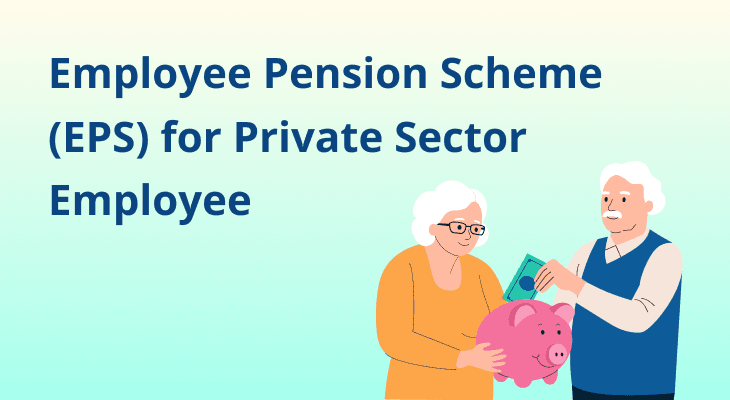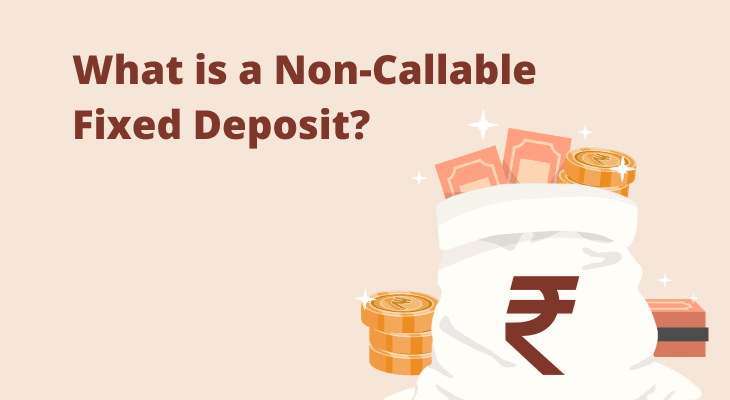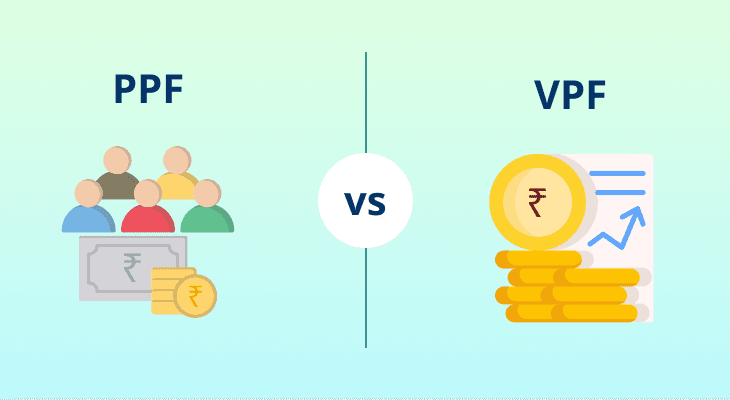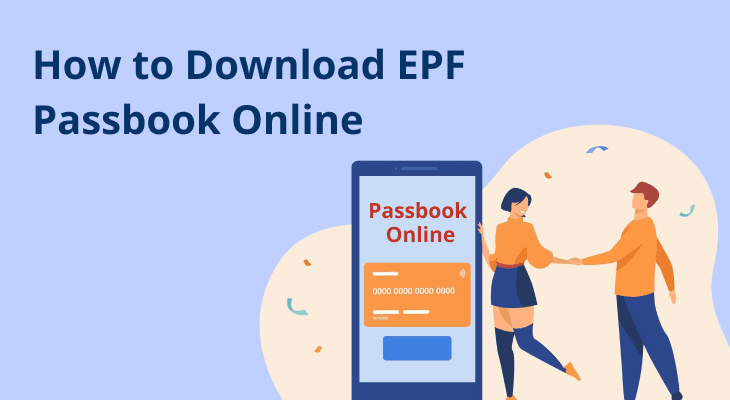
Employee Pension Scheme (EPS) for Private Sector Employee
The Employees’ Pension Scheme (EPS), introduced in 1995, is designed to provide retirement benefits to employees in the organized sector, including those in the private sector. Administered by the Employees' Provident Fund Organisation (EPFO) under the Ministry of Labour and Employment, this pension scheme for private employees and others works alongside the Employees' Provident Fund (EPF) to ensure financial security after retirement. Let’s dive into the meaning, features and benefits of the EPS.
What is EPS, and how does it work?
Backed by the government of India, the EPS is a retirement benefit scheme that offers a monthly pension to eligible employees upon retirement or permanent disability. It is mandatory for employees whose basic salary and Dearness Allowance (DA) combined does not exceed ₹15,000 per month. If you fall within this pay scale, you are automatically enrolled in EPS.
You do not contribute anything directly to your EPS account as an employee. The responsibility of allocating money towards the scheme lies with your employer.
You become eligible for pension benefits at the retirement age of 58 years. However, you must have completed at least 10 years of service to make a claim. These 10 years need not be continuous as long as you have transferred your EPS balance. So, you qualify for EPS pensions even if you have switched jobs or taken breaks in between.
The EPFO pension scheme also allows early pensions from the age of 50, though at a reduced rate. Additionally, you have the option to defer your pension for up to two years until the age of 60. This results in an additional 4% increase in the pension amount for each deferred year.
Eligibility criteria for EPS pensions
To qualify for EPS pension benefits, you must meet the following conditions:
- Your organisation must be covered under EPFO.
- You must have a minimum service of 10 years.
- You must be at least 58 years old to avail of regular pension benefits or at least 50 years old for an early pension.
Contribution structure of EPS
Both the employer and the employee contribute up to 12% of the employee's salary plus DA towards the EPF every month. The employee's entire 12% share is directed to the EPF. The employer's contribution, however, is divided between EPF and EPS. Out of the employer's 12% share, 8.33% is allocated to EPS specifically to provide pension benefits after retirement, while the remaining 3.67% is contributed to the EPF.
EPS contribution limits and caps
Under the current regulations of the EPS, the maximum contribution that your employer can deposit to your EPS account is capped at ₹1,250. This contribution is calculated based on the Wage Ceiling Limit, with the employer's share being 8.33% of ₹15,000.
Benefits of EPS for private sector employees
Here are some benefits of EPS:
Pension benefits
EPS offers pension benefits for private sector employees from the age of 58 years. You can also opt for an early pension if you are between 50 and 58. However, the amount is reduced by 4% for each year the pension is withdrawn before the age of 58.
Withdrawal benefits
If you leave your job before completing 10 years of service, you can withdraw your EPS funds as a lump sum. According to a press release by the Ministry of Labour and Employment in June 2024, the eligibility criteria for EPS withdrawals have been relaxed. Previously, employees needed to complete at least six months of service to qualify for any withdrawal benefit. Under the new rules, even those with less than six months of service are now eligible to receive a lump sum payout.
You are also entitled to pension withdrawal benefits in cases of permanent and total disability.
Survivor benefits
EPS provides survivor benefits to the spouse and children of a deceased member. The widow is entitled to a pension until her death or remarriage. Additionally, the deceased member's children are eligible for a child pension in addition to the widow's pension. Each child receives 25% of the widow's pension. This is payable for up to two children until they turn 25.
If there is no surviving widow, the children receive an orphan pension, amounting to 75% of the widow's pension.
Calculation of pension under EPS
The monthly pension income under the EPS can be calculated using the following formula:
Monthly Pension = (Pensionable Salary of the Employee x Pensionable Service of the Employee) / 70
Where:
- Pensionable salary refers to the average monthly income drawn (basic plus DA) by you in the last 60 months before exiting the EPS, subject to a maximum of ₹15,000 per month.
- Pensionable service represents your actual service period, i.e., the number of years you have contributed to the scheme via the employer’s contribution.
Therefore, if your pensionable salary is ₹15,000 and pensionable service is 35 years, you will be eligible for a monthly pension of ₹7,500.
Tax implications of EPS
The pension scheme for private employees does not provide any tax benefits for employees. Both withdrawals and pension payouts are taxable.
Withdrawing EPS money/Claiming EPS pension
To withdraw your EPS money or claim your pension benefits, you will need to fill out Form 10C or Form 10D, depending on your case. You can submit the same along with certain documents either online through the EPFO portal or physically by visiting the nearest EPFO branch. Once the application is submitted and processed, the pension or the withdrawn corpus will be directly credited to the bank account mentioned on the form, which can be your own or your nominee’s, as the case may be. The processing time is usually 15 to 30 days after submission. You can easily track the status of your claim or other details, such as EPFO pension balance, through the EPFO portal.
Conclusion
With regular pensions, EPS can be the much-needed financial support during your golden years. Understanding its rules and conditions is essential for maximising scheme benefits.


